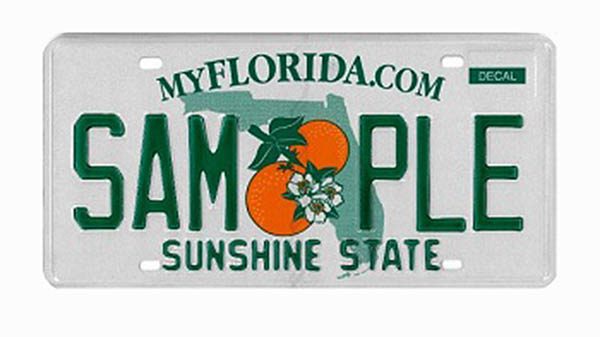Disease is bound to affect any industry that involves plants. One of the most dramatic instances in the twentieth century was the destruction of the popular Gros Michel (“Big Mike”) banana variety by Fusarium wilt. The banana industry is working urgently to make sure that history won’t repeat itself with Big Mike’s replacement, the Cavendish.
So far in this century, the most dramatic shock to any domestic fruit or vegetable industry has been to U.S. citrus production, which has declined by 80 percent since the turn of the century, according to n report issued by American Farm Bureau Foundation economist Daniel Munch.
The decline is principally due to the cataclysmic drop in Florida citrus production caused by citrus greening (huanglongbing), although adverse weather such as hurricanes and urbanization have also played their part.
The drop has been especially sharp since the initial detection of citrus greening in Florida in 2005. Since then, Munch writes, “orange production in Florida has dropped 90%, from 150 million boxes to a mere 16 million boxes expected in 2023. Between 2002 and 2017, the number of citrus growers in Florida decreased from 7,389 to 2,775 (a 62% decline) and the number of juice processing facilities decreased from 41 in 2003 to 14 in 2017 (a 66% decline).”
The plunge has especially hit the orange juice industry, which uses 87 percent of Florida’s citrus output.
“Citrus fruits not as commonly grown in Florida have not faced the same domestic output declines,” Munch continues. “Lemon production, exclusive to California and Arizona, has hovered between 20 million and 30 million boxes since the 1980s. Only because of the decline of orange and grapefruit production have lemons made up a larger share of citrus produced. The only citrus fruit category to show a clear increase in production is the tangerine category, which includes tangelos, mandarins, clementines and traditional tangerines. Successful marketing campaigns showcasing easy-peel seedless options in small handheld sizes have boosted the share of fresh consumption of tangerines to over 40% of the fresh orange/tangerine market (compared to under 20% in 2000).”
In 2016, California outstripped Florida in citrus production for the first time, Munch adds. So far, the California citrus industry has managed to stave off huanglongbing in the San Joaquin Valley, where the bulk of production takes place.
The decline in citrus acreage has diminished the U.S. market share of world citrus production, which stood at 50 percent in 1970 and is expected to be down to 5 percent in 2023. Brazil, China, and nations in the European Union account for much of the uptake.
At this point, the Florida citrus industry is seriously endangered, as evidenced by a recent proposal advanced in Congress to protect the state’s citrus acreage. New Congressional measure to protect Florida citrus acreage – Produce Blue Book
The standard Florida license plate still features oranges and orange blossoms.
Unfortunately, it is likely that the design will change – in the near future.



